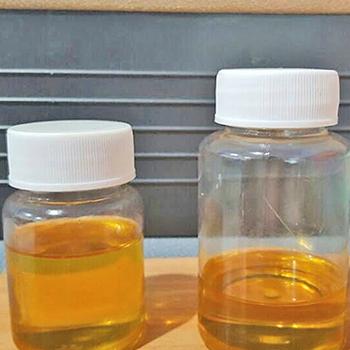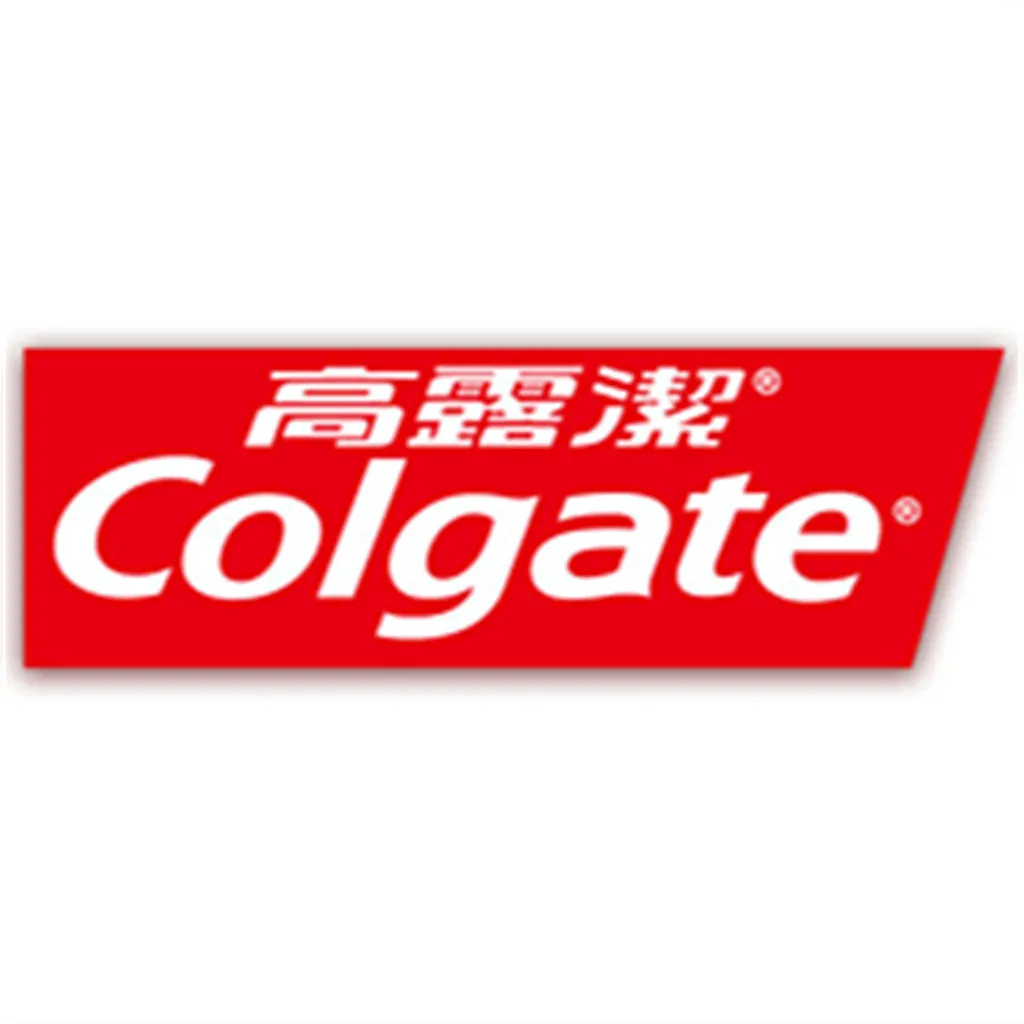
Diiodomethane, also known as methylene iodide, has the chemical formula CH₂I₂. Its CAS number is 75 - 11 - 6. It is a dense, colorless to slightly yellow liquid under normal conditions. This high - quality diiodomethane we offer comes at a low price, making it an economical choice for various applications. The purity of our product is carefully controlled to ensure high performance. It has a molecular weight of approximately 267.84 g/mol. The boiling point of diiodomethane is around 181 - 182 °C, and its melting point is about 6.0 °C. It has a high refractive index, which makes it useful in some optical and microscopy applications. The density of diiodomethane is about 3.325 g/cm³ at 20 °C.
1. **Microscopy**: Diiodomethane is widely used in microscopy, especially in the technique of immersion microscopy. Due to its high refractive index, it can be used as an immersion liquid to improve the resolution and contrast of the microscope. This is because it can match the refractive index of the glass slide and the objective lens, reducing the loss of light due to refraction at the interfaces.
2. **Density Separation**: It is used in density separation processes. Since it has a relatively high density, it can be used to separate different materials based on their densities. For example, in geology, it can be used to separate minerals according to their specific gravities.
3. **Organic Synthesis**: In organic chemistry, diiodomethane serves as a reagent in many reactions. It can be used in the Simmons - Smith reaction to introduce a cyclopropane ring into an alkene molecule. This reaction is important for the synthesis of various organic compounds with cyclic structures.
1. **In Microscopy**: When using diiodomethane for microscopy, first, clean the glass slide and the objective lens thoroughly. Then, place a small drop of diiodomethane on the glass slide where the sample is located. Carefully lower the objective lens until it comes into contact with the liquid. Make sure there are no air bubbles trapped between the lens and the slide. After use, clean the objective lens and the slide with an appropriate solvent to remove any remaining diiodomethane.
2. **Density Separation**: For density separation, prepare a container with diiodomethane. Gently add the mixture of materials to be separated into the diiodomethane. The materials with lower density will float on the surface, while those with higher density will sink. Use a suitable method to collect the separated materials, such as pipetting or filtration.
3. **Organic Synthesis**: In organic synthesis, the reaction conditions need to be carefully controlled. Usually, diiodomethane is added to the reaction mixture under an inert atmosphere (such as nitrogen or argon) to prevent oxidation. The reaction temperature, time, and the ratio of reactants also need to be optimized according to the specific reaction.
1. **Microscopy in Biological Research**: A research team in a biology laboratory was studying the structure of plant cells. They used diiodomethane in immersion microscopy. By using diiodomethane, they were able to obtain much clearer images of the cell membranes and internal structures. The high refractive index of diiodomethane reduced the light scattering and improved the resolution. As a result, they were able to identify some previously unknown sub - cellular structures, which contributed to a better understanding of plant cell functions.
2. **Mineral Separation in Geology**: A geological survey team was trying to separate different types of minerals from a rock sample. They used diiodomethane for density separation. After adding the crushed rock sample to the diiodomethane, they were able to separate heavy minerals such as gold and tungsten from lighter minerals like quartz. This separation method was more efficient and accurate compared to traditional mechanical separation methods, which helped them in the exploration and analysis of the mineral resources.
3. **Organic Synthesis in Pharmaceutical Industry**: A pharmaceutical company was synthesizing a new drug candidate. They used diiodomethane in the Simmons - Smith reaction to introduce a cyclopropane ring into the molecule. By carefully controlling the reaction conditions, they were able to achieve a high yield of the desired product. This reaction step was crucial for the development of the new drug, as the cyclopropane ring structure was essential for its biological activity.

Este es William, CEO de Zhishang Chemical Co., Ltd.
Le invitamos a visitar nuestra fábrica. Como el fabricante de productos químicos superior, nos hemos estado esforzando para la calidad del producto, la innovación, el R&D, y el servicio de atención al cliente por los últimos 7 años. En los próximos 10 años o incluso más, nos comprometemos a convertirnos en el proveedor de productos químicos más fiable del mundo, creando una marca internacional conocida en la que confíen los clientes, con el espíritu de "un metro de ancho, diez mil metros de profundidad", seguimos centrándonos en la investigación y el desarrollo de productos, seguimos centrándonos en el servicio al cliente, seguimos mejorando el sistema de servicio de la cadena de suministro, para crear un equipo profesional de servicio de suministro de productos químicos, para lograr una cooperación a largo plazo en la que todos ganen. No dude en ponerse en contacto con nosotros si tiene alguna pregunta.











